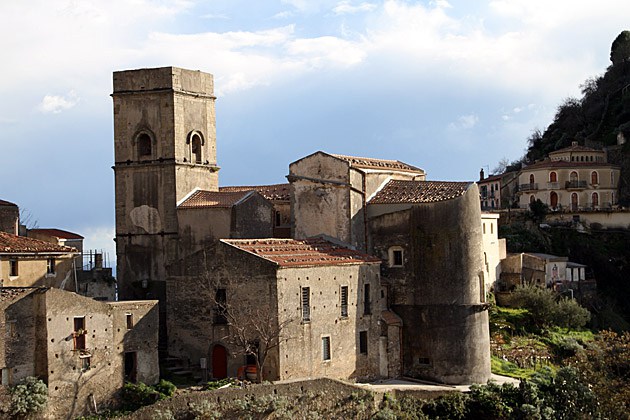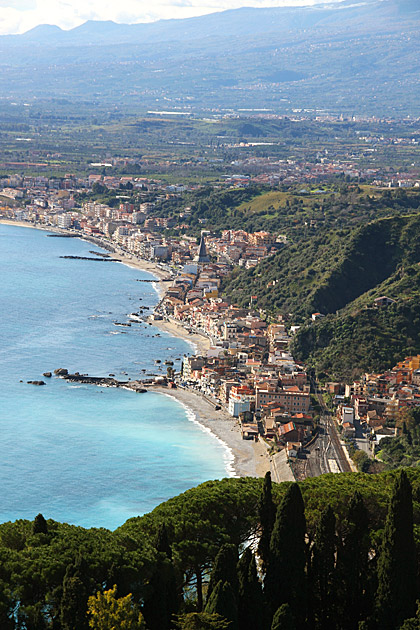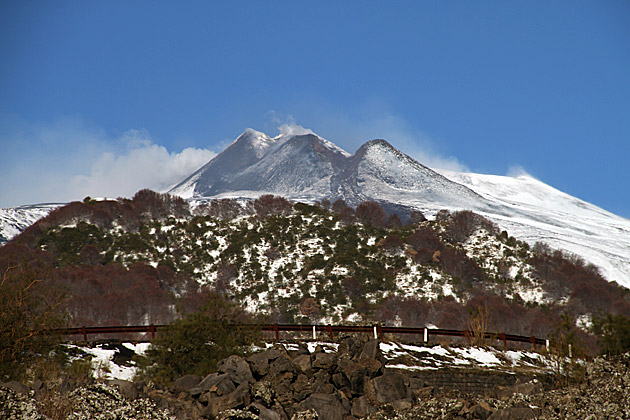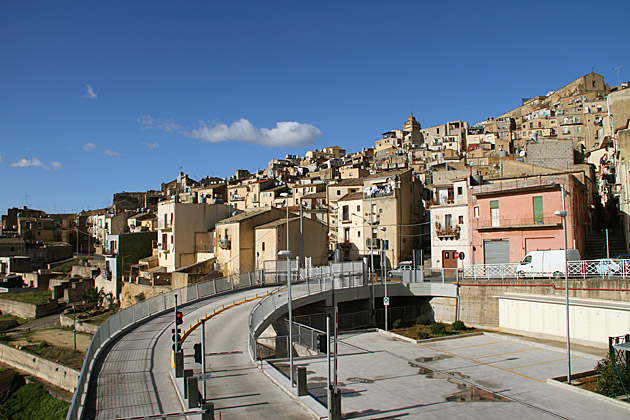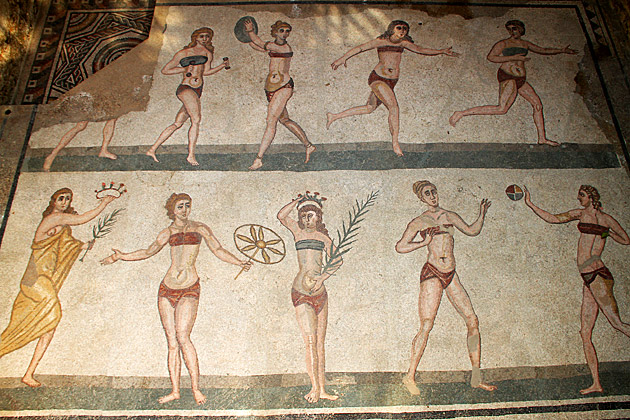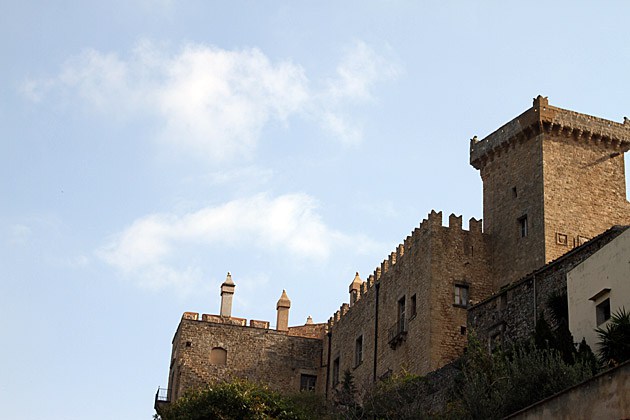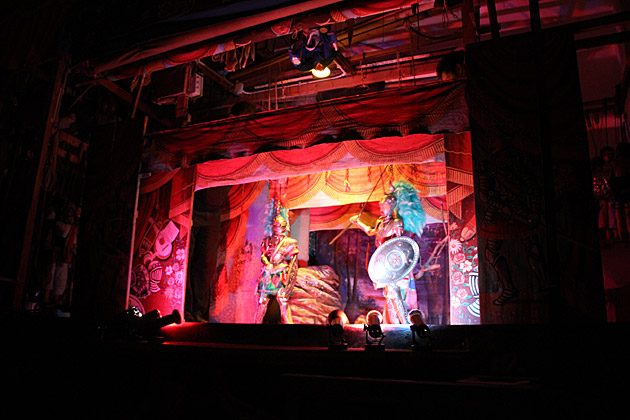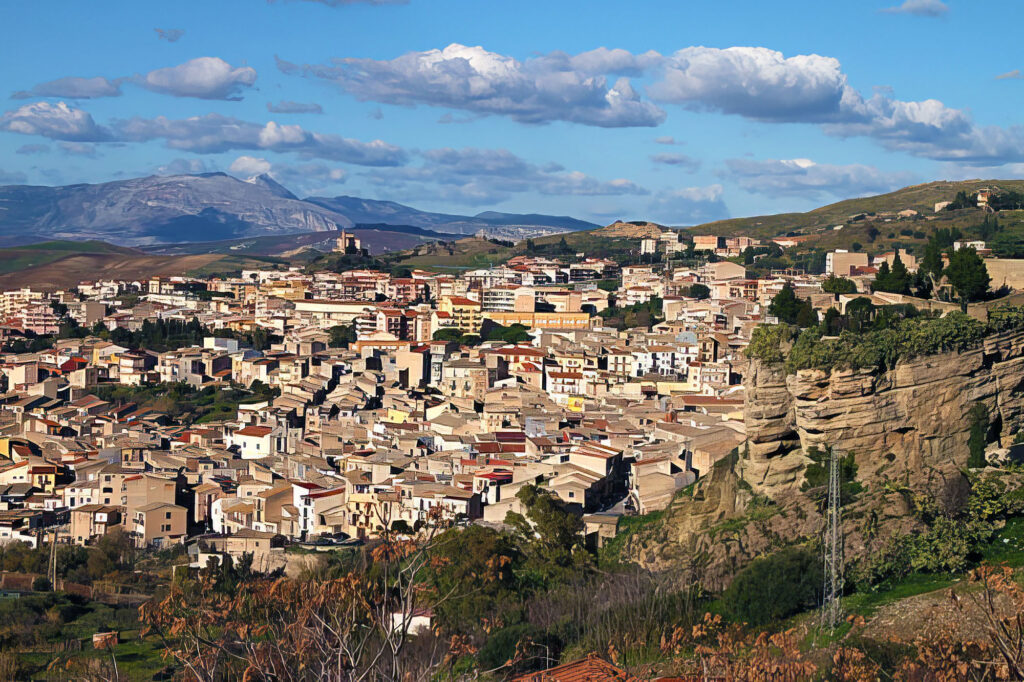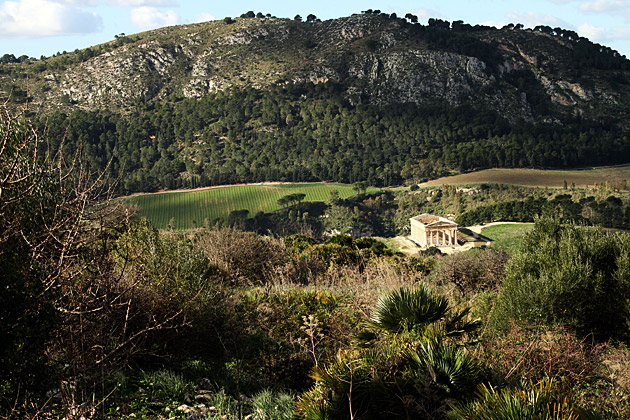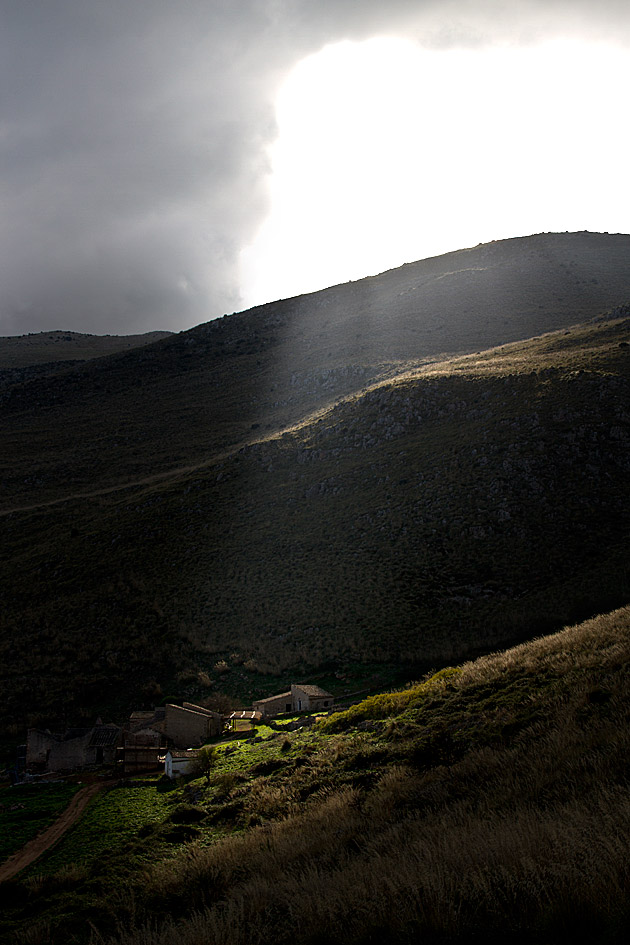The Picturesque Mountain Hamlet of Sávoca
Hailed as one of Italy's most beautiful villages, the tiny hamlet of Sávoca has a spectacular mountain setting just four kilometers inland from Sicily's eastern coast. Among the legions of people it's charmed is Francis Ford Coppola, who filmed the Sicilian scenes of The Godfather here.
